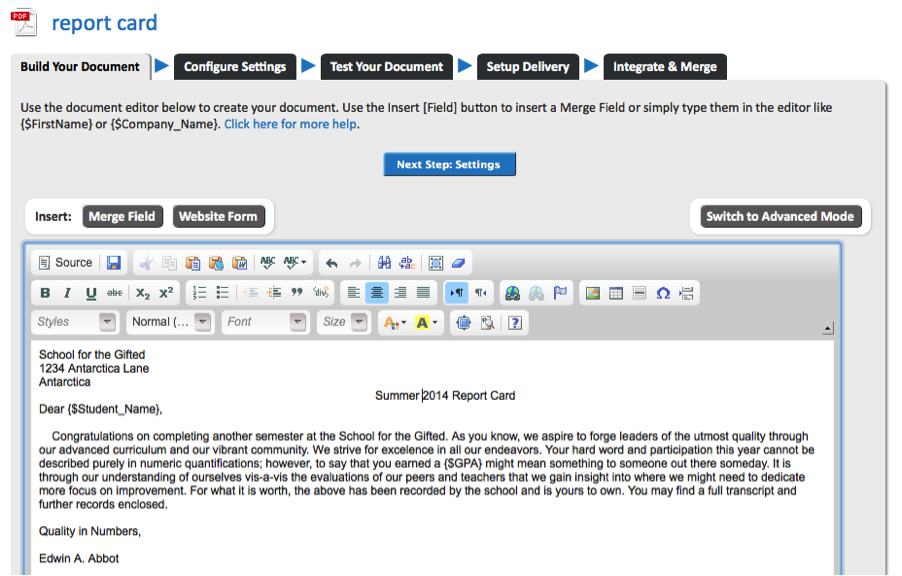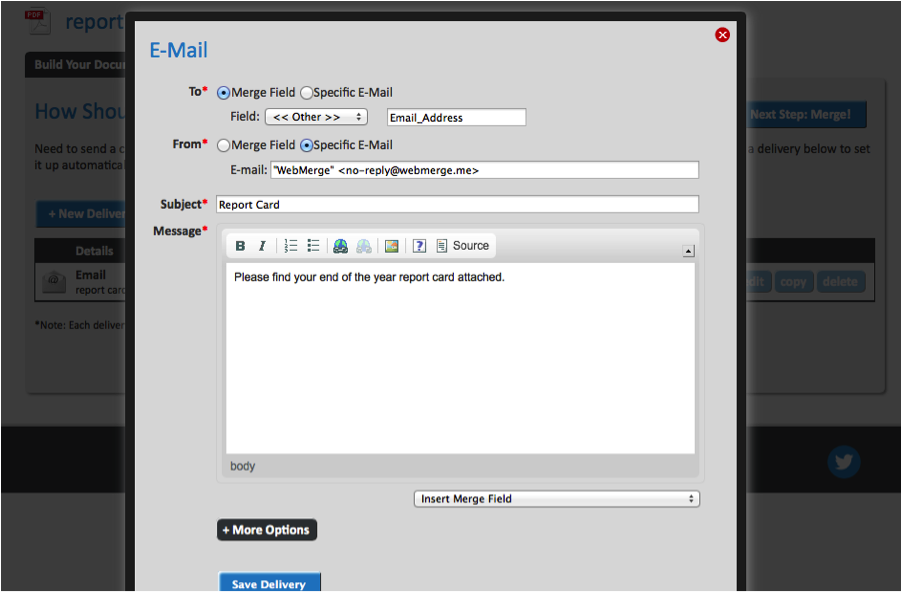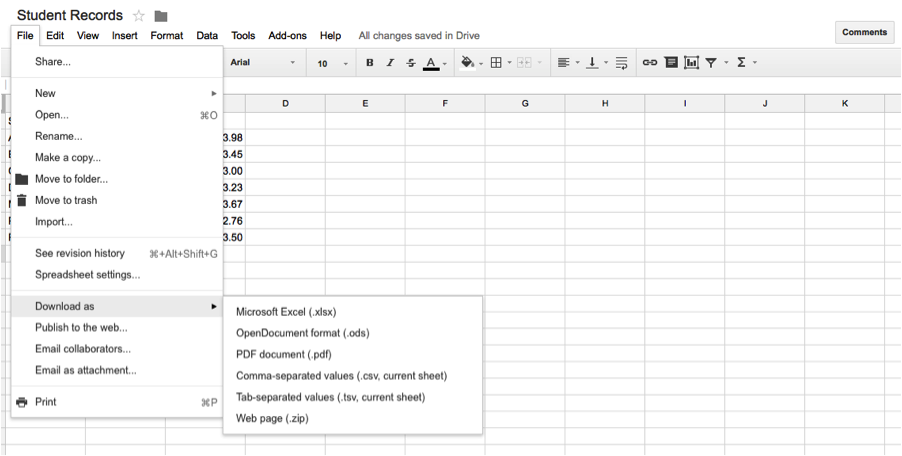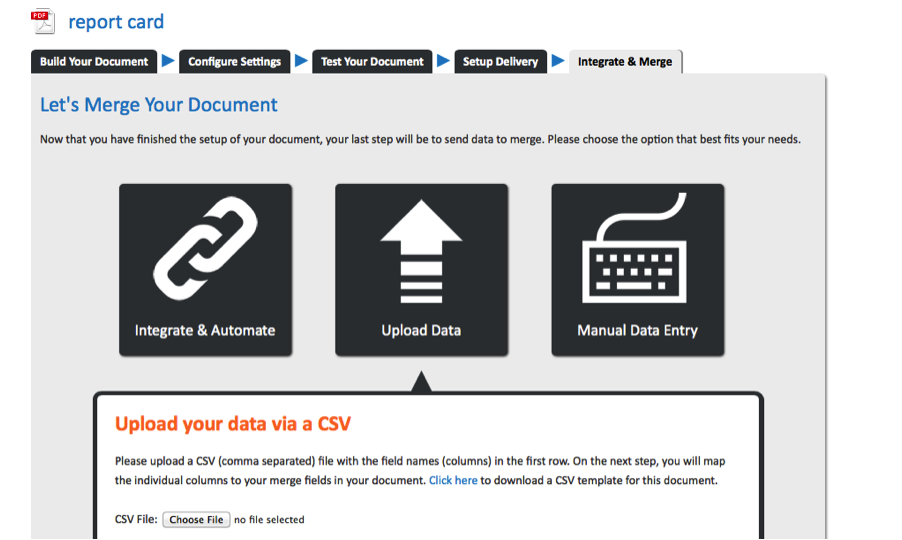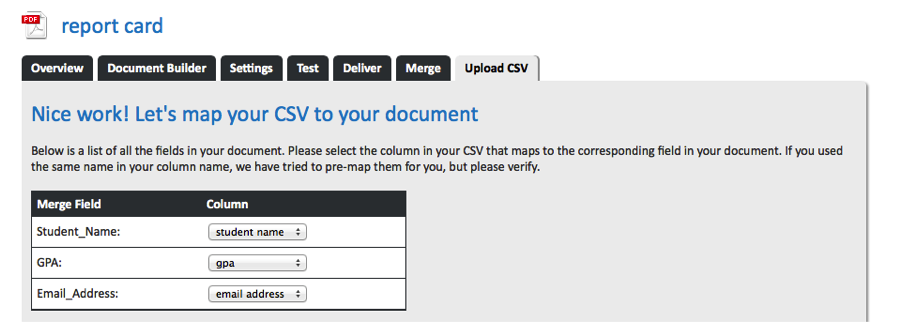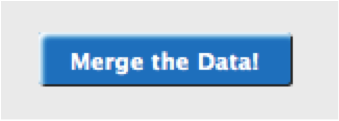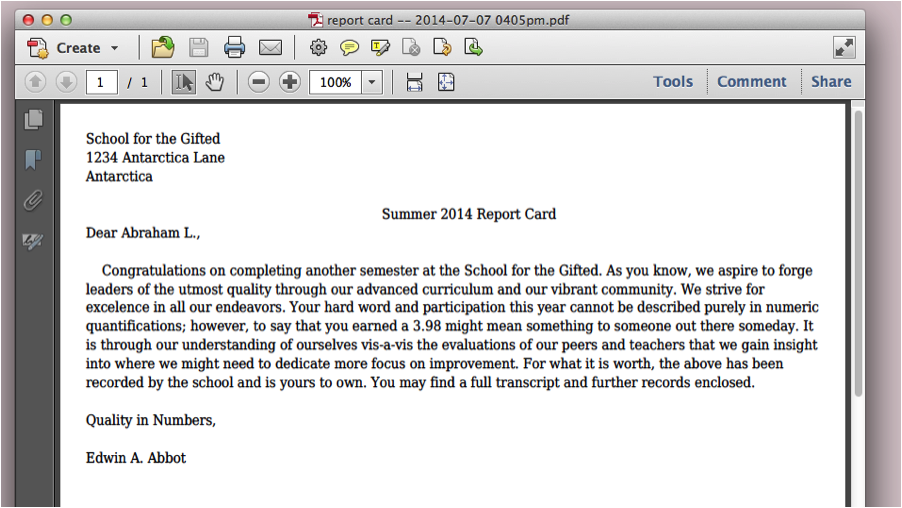Currently most of our clients got here with a requirement to create an excel file as an output of an xml. state of affairs was Proxy-SAP PI 7.31 (Java Stack)-Third celebration – output as Excel Sheet. First PoC of this requirement was to create a goal file by simply giving output.xls and see what fields populated. As anticipated output get populated as xml.
To populate goal file as Excel file we need to do transformation somewhere between the XML got and target file generation. we have 2 options –
on the time of mapping we are able to achieve excel output via XSLT mapping. For this answer we deserve to convert incoming XML file to MS Excel XML structure.
For the conversion of XML to MS Excel XML format we need to use under code in xslt.
<?mso-application progid="Excel.Sheet"?><xsl:stylesheet version="1.0"xmlns:html="http://www.w3.org/TR/REC-html40" xmlns:xsl="http://www.w3.org/1999/XSL/radically change" xmlns="urn:schemas-microsoft-com:office:spreadsheet" xmlns:o="urn:schemas-microsoft-com:office:workplace" xmlns:x="urn:schemas-microsoft-com:workplace:excel" xmlns:ss="urn:schemas-microsoft-com:workplace:spreadsheet">
explanation of this scenario can be found below.
Convert incoming XML to Excel or Excel XML – part 1 – XSLT means
second option is to write down an adapter module to transform incoming XML to CSV and then to Excel Sheet.
Pre-Requisite and Assumptions of the building:
com.sap.aii.af.cpa.svc.api.jar
com.sap.aii.af.lib.mod.jar
com.sap.aii.af.ms.ifc_api.jar
com.sap.aii.af.svc_api.jar
complete clarification of this state of affairs can be discovered below.
LEARN MORELinks and related books
Microsoft Excel VBA Programming for the Absolute Beginner
Learn Advance Statistics Training in Excel






